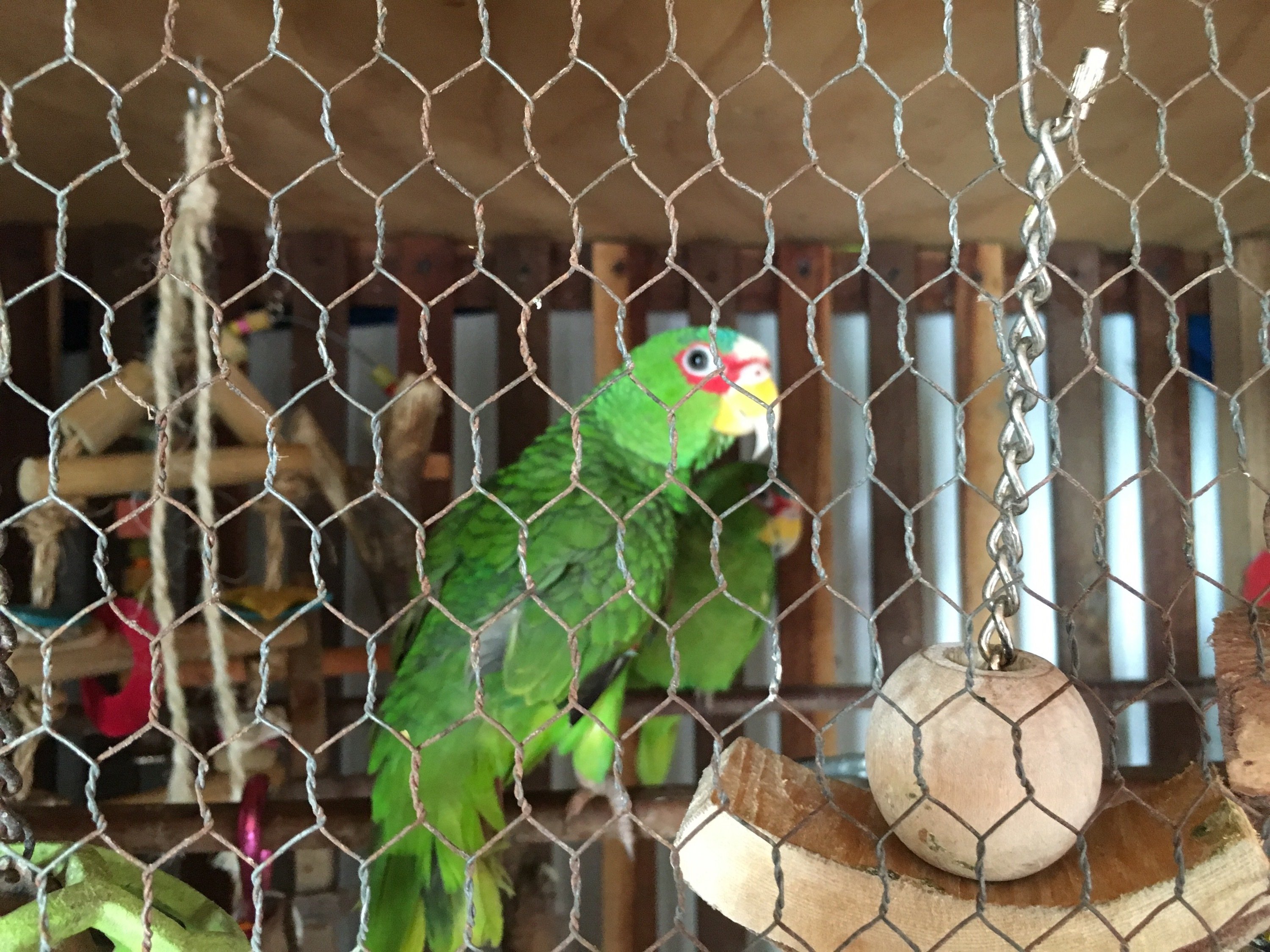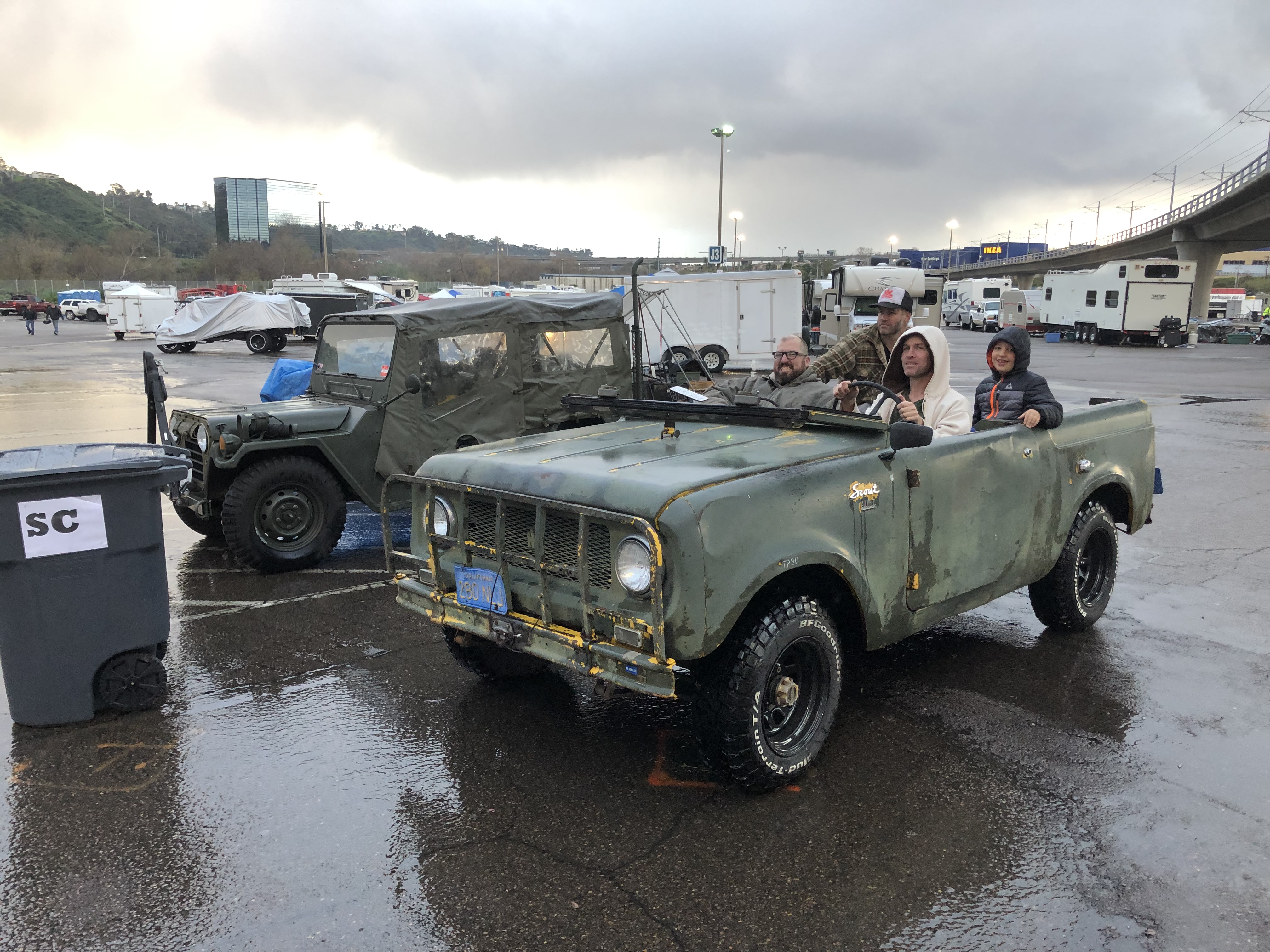Ice in the Caribbean
Ahoy rustlubbers!
Today on the Free Model T my work and my hobby combine to fix a refrigerator… On a boat… On an island.
How did this happen? Why am I the one doing this? Can I even do it? These questions played over and over through my mind as I boarded my flight from the Tijuana international airport to Cancun Mexico.
Let me back up a little. In the last 4 years I have sourced 3 odd, obsolete, belt-driven refrigeration compressors for a 60 foot sailboat that has been anchored all over the Caribbean. Without ever seeing the boat I could only guess as to why the compressors kept failing. I made recommendations to change associated components but either the captain deemed the parts unnecessary or perhaps never even heard my suggestions. I had pleanty of ideas but they were no better than guesses without putting my hands on the system.
Recently the system had lost its charge and the tecnician (or guy with gauges willing to take a ferry to the island) who looked at it said that the shaft seal on the compressor was leaking. The new captain Charlie contacted the boat’s owners who added me to the discussion. After looking at a lot of pictures ant talking to the guy who pieced together this system in the first place I had some good ideas as to what needed to be done. The owners of the boat decided that I should be the one to do it. In a week.
The system on the boat is a custom built set up that is a nice blend of car air conditioner, custom boat parts, and a home hvac filter dryer thrown in for fun. All the parts were clamped to a board behind a panel below deck and I had a week to source, purchase, ship, and pack them all.

I was very excited to go to the Caribbean but incredibly nervous about trying to fix a custom system with a history of repeated failures based off of a few pictures. I felt like I had a lot on the line: the boat belongs to the owners of the company that I work for and they were paying my regular salary plus my expenses for the trip.
Thanks to the amazing help from the people at Mericle mechanical and at Seafrost I was able to get all the parts and tools that I would need packed into 2 large bags by the night before my flight. I was most worried about the sea-water cooled condenser but that turned out to be one of the easiest pieces to get. The hardest parts to get were the valved service ports that connected directly to the compressor. They were an afterthought but turned out to be vital.
Due to the weight of my bags it was cheaper to fly “Sky priority” for the unlimited bags and weight than to fly commuter class and pay baggage fees. Sky priority is Aeromexico’s version of first class and it was pretty sweet. Private lounges in the airport, free food, and of course seats that turn into beds with the push of a button.
Early the next morning (4 o’clock my time) I got up, had some coffee with Eric the owner of the hotel and marina then started tearing the system apart. I immediately discovered a few glaring issues. There was oily residue all over the valves and service ports: a clear sign of leakage. The low side service port had no schrader valve in it and the valve to close it off was open so a small plastic cap was holding in the entire charge or rather, it wasn’t.
Now I work in industrial refrigeration so over the next few paragraphs I may wax technical so if the specifics of the system are too boring please skip to the pictures.
The system was charged with an r-12 equivalent called iceon mo-49plus which is a mixed gas refrigerant therefore must be charged as a liquid. This was problematic because the low side service port is located directly on the compressor. What happens when you try to compress a liquid? Broken compressors. 3 of them. That explains why one of the compressors had failed immediately on start up.
Another problem was the oil. R-12 systems use mineral oil however the compressors I was sending were designed for and filled with PAG 100 oil. R-12 won’t move synthetic oil around the system so it will end up settling out in the low parts of the evaporators and starving the compressor for oil.
Any of these problems along with particulate from failed compressors would be more than enough to cause constant failure. Luckily I brought all the parts to convert the system to r-134a.
R-134a is compatible with PAG oil, can be charged as a gas and is easy to buy anywhere. Not only would this make the system reliable, it should make it idiot proof.
After tearing the system apart and compiling a list of items I still needed, Charlie and I hit the ferry to the mainland to go shopping. Buying the parts required taking a taxi in a giant loop around the city of Cancun so we made about a dozen stops looking for parts not at their most likely location but rather at every possible location in linear order. This method was effective but did take quite a long time. We had the new hoses made at a Parker store, bought some 1/4″ copper tubing at Home Depot, bought the refrigerant oil and neoprene o-rings at an Autozone and bought tacos at a market. The only thing we didn’t get at a normal USA branded chain store was the actual refrigerant which we bought at a generic air conditioning store.
After amassing what we assumed to be everything we could possibly need we headed back to the island and started piecing the system back together. The new larger receiver/dryer with 134a compatible desiccant has straight fittings while the old one had 90 degree angle fittings. All I had to do was bend up some new lines and I had brought pleanty of copper with me. Copper that wouldn’t bend. Oops. Oh well, I could get some flexible copper later and do that last. Let’s hook up the condenser. Oh no the water inlet threads are melted. Poo.
These hiccups were easy enough to overcome but every minute was precious: Captain Charlie wanted to pull anchor and head for the Caymans and I wanted to try to get home a day early. We were able to run a brass pipe into the plastic condenser and straighten out the threads which leaked a little on first installation but after a much more liberal dose of Teflon tape sealed up.
Sorry for the blurry pics, I didn’t have my sea legs!
After a day and a half of fitting and fiddling, all the carefully sourced parts seemed to be turning into a sweet little refrigerator. I decided it was time to put a vacuum on the system.
After vacuuming all the air out of the system and fiddling with the valves I sucked a charge of oil into the low side port and rotated the compressor by hand to roll the oil through. I re-vacuumed the system for an hour then cracked my low side valve to see if there were any leaks. No leaks! At this point I was confident that there was no moisture or air in the system so after fiddling with the valves I got the refrigerant flowing into the low side port.
I charged the system slowly watching the pressures and taking temperature measurements. Everything seemed to be working very well except the low side pressure was VERY low. Lower than anything I’ve seen. I had frost in all the right places. Hm. It was getting late so I wasn’t getting out early after all.
I walked downtown past a parade.
I found a nice looking restaurant and are lobster and drank piña coladas for breakfast.
Overall I’m grateful for the experience that I gained from doing this job and I did have quite a bit of fun taking on such a unique challenge. Cancun and Isla Mujeres in particular are beautiful and maybe next time I’ll be there strictly for pleasure.
Until next time ye scurvy rustlubbers, stay cool.



























